Extra
Ypres
The beating heart of the Westhoek!
The city that suffered most from the war and today abounds in haunting war sites.
100 years on, Ypres is much more than a war souvenir.
It is the largest city in the Westhoek and thus the place to be for shopping or booking a table in one of the many restaurants. From simple Flemish fare to top gastronomy, you'll find it all here.
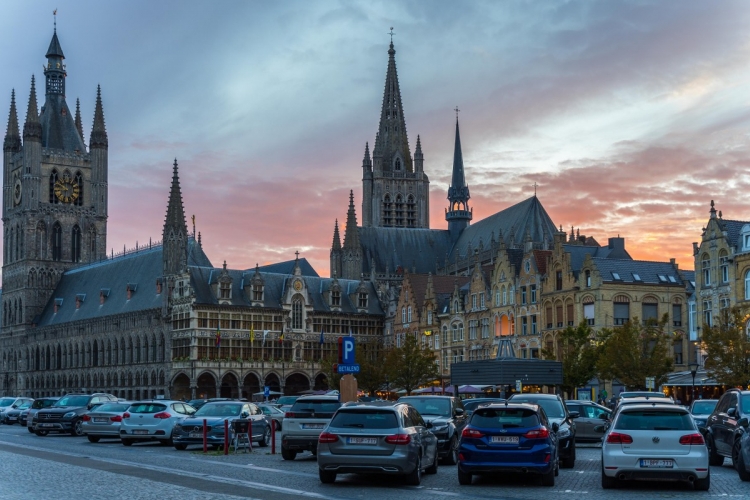
Menin Gate “ Last Post “
The Menin Gate Memorial to the Missing is a prominent World War I memorial in Ypres, Belgium. It commemorates the British and Commonwealth soldiers who died in the Ypres Salient of World War I and whose graves are unknown. The memorial bears the names of over 54,000 soldiers who died in the Ypres Salient but whose graves are unknown. It is a very important place, visited by many to pay respect and remember those who made the ultimate sacrifice during one of the most brutal conflicts in history. The Last Post ceremony, held every night since 1928 (except during the German occupation of World War II), adds a poignant touch to the significance of the place and honours the memory of the fallen soldiers.
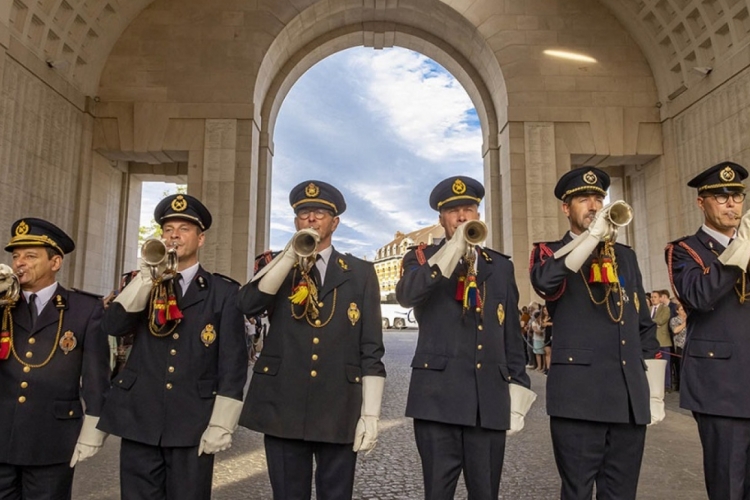
History
The Grand Place gives the city its medieval feel and is lined with old houses, or their reconstructions after their destruction in World War I.
Old mentions of Ypres date back to the 11th century as "Iprensis" and "Ipera". The name is said to come from the small river Ieperlee, formerly called Ypres. It was a founded city that industrialised early and grew to become the third largest city in the county of Flanders, but then experienced a decline. The cloth industry went under. In World War I, Ypres was on the front line and was razed to the ground. A historicising reconstruction was chosen that revived the city. In the 21st century, Ypres attracts tourism from home and abroad.
Some top attractions in Ypres
In Flanders Fields Museum
The In Flanders Fields Museum is an ideal prelude to a visit to the front region!
The museum layout gives you an introduction to the story of the First World War through new perspectives and personal stories. The belfry tower makes a connection between the inside and outside story. As a visitor, on top of the tower you will discover the landscape as the last witness of the war.
Ypres Museum
Ypres, a global symbol of World War I remembrance, but there is so much more. Its eleven-century history is rich: Cloth city, Medieval metropolis, Fortified city, Bishop's city, Military city, Destroyed and rebuilt city, Cat city, Peace city, Westhoek city,... Ypres was and is it all.
Brewery Kazematten
"Brewery Kazematten was established in 2013 within the ramparts surrounding the city of Ypres. The unique historic Casemates of the Wooden Horse at the Lille Gate were transformed into an authentic brewery, where the beers Wipers Times and Caves Santé, among others, are brewed."
The Ypres Cloth Hall
Ypres' Cloth Hall is a UNESCO-protected monument. Construction began around 1260, and was completed in 1304. During the fourteenth century, it was the largest building in the western world. In World War I, almost all of the building was destroyed. The front building is 125 metres long, and the belfry tower is 70 metres high. The first floor houses the In Flanders Fields Museum.
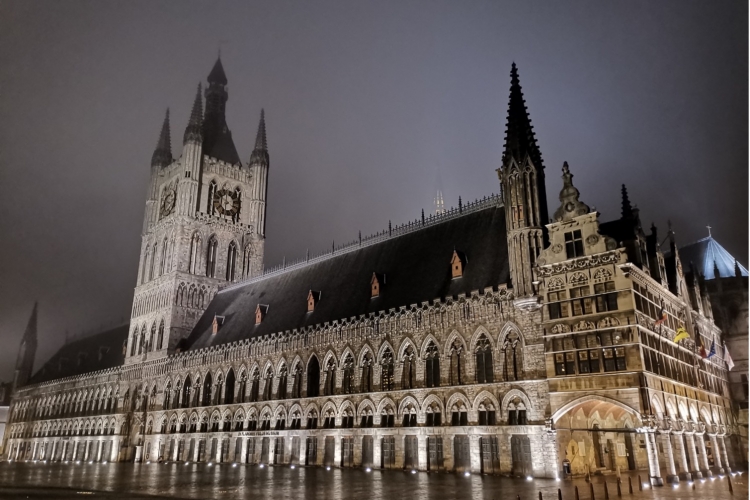
The Lille Gate
The Lille Gate is a city gate in the south of the old town, on the road to Lille. The gate connects two preserved parts of Ypres fortifications. The Lille Gate is the oldest preserved city gate.
Ypres fortifications have surrounded the city since the Middle Ages. They were modified by Vauban in 1678. In 1870, walking parks were created on the fortifications. Large parts of the fortifications around the city centre are still preserved. Near the Lille Gate, on the fortifications is the Ramparts Cemetery, a British military cemetery.
In Lille Street stands the Gothic-Romanesque St Peter's Church.
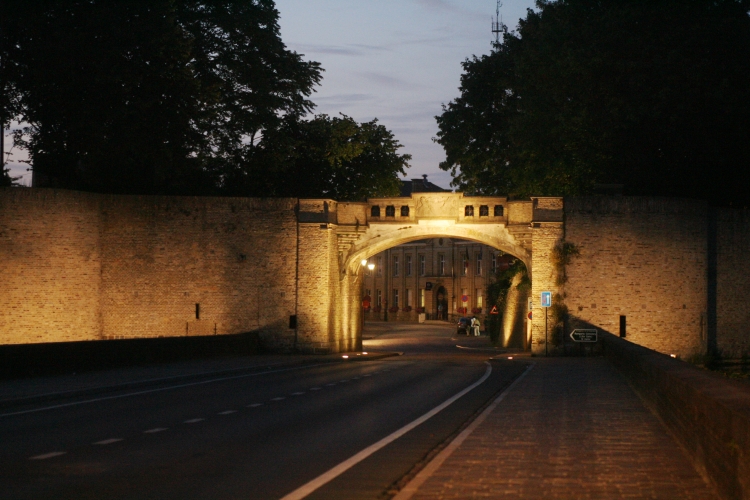
Ypres cat city whence did that name come?
The Ypres Cat Parade is a triennial Ypres parade where, as the name suggests, the cat takes centre stage. Ypres is called Cat City, in addition to City of Peace. Several tens of thousands of people come to watch each time.
In the Middle Ages, cats were the target of violence. People associated them with evil and threw them down from the belfry tower during fairs. There were usually three to five of them. A tradition that lasted in Ypres until 1817.
100 years on, Ypres is much more than a war souvenir. It is the largest city in the Westhoek and thus the place to be for shopping or booking a table in one of the many restaurants. From simple Flemish fare to top gastronomy, you'll find it all here.
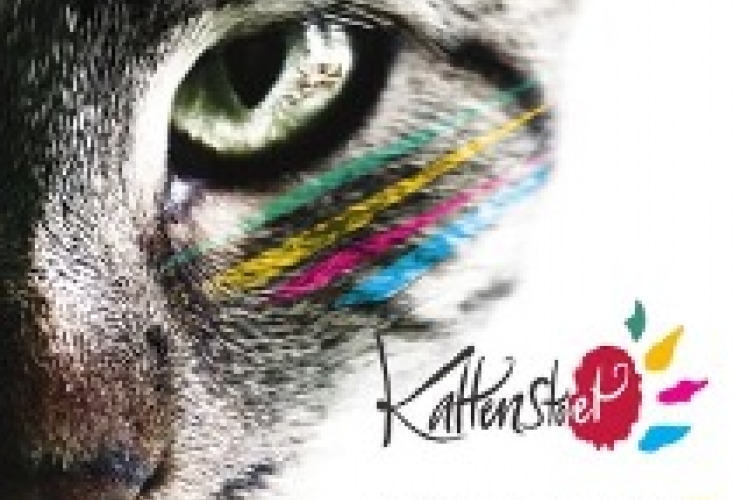
Cycling
Bikes can be hired from us at democratic prices, we can also offer you electric bikes on request. Of course, you can also bring your own bikes and store them safely in our Bike Corner.
Ypres cycling city

Restaurants downtown
Les Halles Market Cafe
Friendly service and very tasty
Delicious lunch
La Taj Restaurant
Highly recommended!
Tasty, cosy, friendly
Den Anker
Very nice place and very good food.
Take a break on a terrace.
Michelin !
De Steenen Haene
Top
VERY TASTY CUISINE AND FRIENDLY SERVICE
Market 22
Beautiful establishment
Highly recommended
Brasserie Kazematten
Lovely place for a guided tour
Evening Sun
Ypres in pictures
Ypres, where you can still dream, get lost and enjoy yourself
Discover the vibrant heart of the Westhoek.
https://www.youtube.com/watch?v=EA0jhS1t_TQ
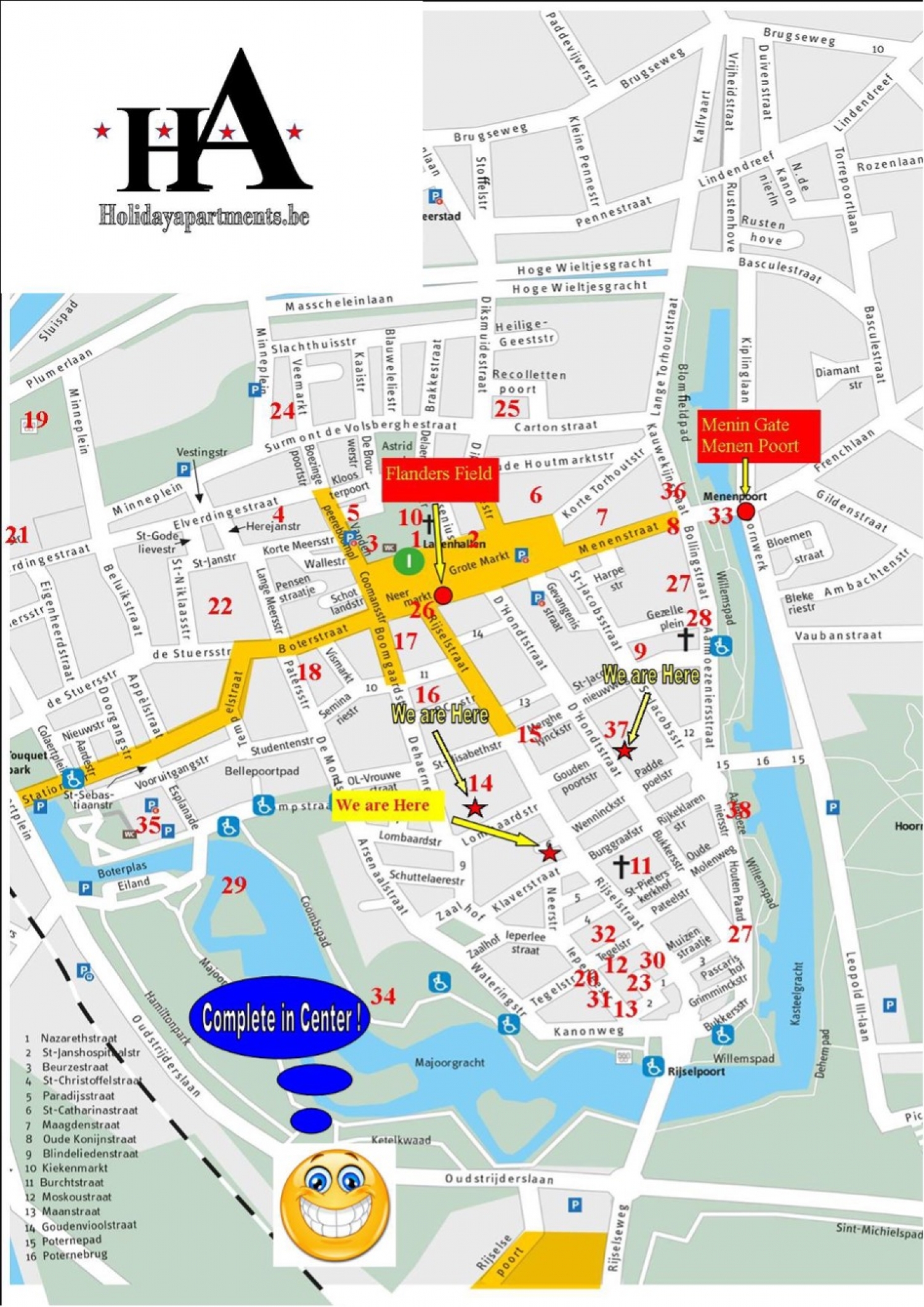
Location
At +/- 125 Km (1h30) from Brussels, 37 Km from the North Sea - Nieuwpoort ( 35min ), 40 Km from Lille (40 min) and +/- 1h by train from Brussels.
Ypres is located in Sandlemig Flanders at an altitude of 20 to 37 metres. The main watercourse is the Ieperlee, which runs northwards and flows into the Yser. Watercourses such as the Vijverbeek and the Bollaertbeek feed the Ieperlee from the West Flanders Hill Country.
The Ypres fortifications form a large belt around the city centre.
In the Ypres boroughs of Dikkebus and Zillebeke are the Dikkebusvijver (36 ha) and Zillebekevijver (26 ha). These ponds were created by damming before or in the 14th century for the purpose of water supply and today also serve as nature and recreation areas.
Net south of the city outskirts lies next to the Zillebeke pond the 17th-century Drowned Meadow.
The area to the south and east of Ypres was a vast wooded area for centuries. Today, its remnants include the Gasthuisbossen and the nature reserve of the Palingbeek domain. Closer to the town is the Tortelbos, and in the west of the municipality are the Galgebos.
The Vestingen, ponds, the Palingbeek provincial domain and other green lungs surround the city and its boroughs. From your residence, you are quickly right in the middle of nature for lovely walks and relaxation.
Ypres has a wide range of schools: primary, special and secondary. Thanks to the railway station and the services of De Lijn, there is a good connection with the suburbs and outlying municipalities.
On a terrace with a nice glass. No problem: the catering offer in Ypres is large and varied. In Ypres, you can shop pleasantly and buy fresh and local food at the Saturday Market on Saturdays.
The urban swimming pool and sports infrastructure, indoors and outdoors, keeps Ypresians on the move. Ideal, because Ypres is a dynamic city! Thanks to the offer of the Bib, the Academy, the museums, cultural centre Het Perron, Care Network Ypres and the many associations, Ypres residents have many opportunities to meet and experience. In short, Ypres is a city that lives and vibrates. Be welcome!
